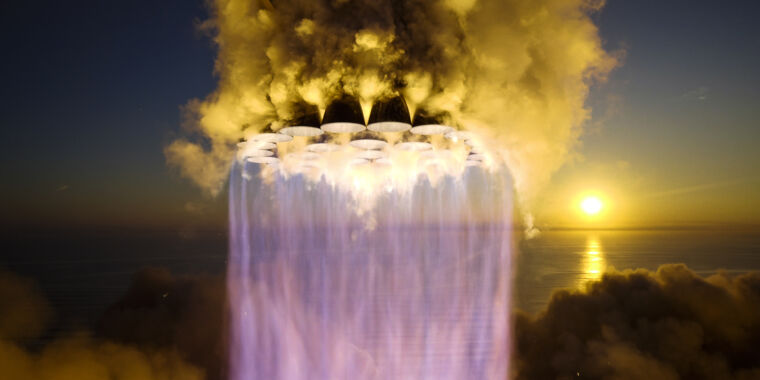Idk why the clickbait-y title, but the article is great as always! (Eric Berger is the best)
Idk why the clickbait-y title
It is a direct jab at all of the , exploded, failure, etc headlines that made it sound like this test wasn’t highly successful.
This was one of the expected results, SpaceX doesn’t try to get it perfect, they test for failures till it works rapidly.
Indeed. The booster wasn’t actually designed for hot-staging in the first place, after all, they just bolted an extension on top to let it be tried out. The thought was likely “we known something’s going to break when we try this, but we want to know what breaks so we can fix it in the next one.”
The upper stage’s failure to achieve “orbit” was more disappointing, but still, it’s the first time it was up there going that high and that fast. I’m sure they got great data.
If the 1st stage failure was from fuel slosh and/or water hammer, that doesn’t seem related to the hot staging. Unless that caused a different flight profile around stage sep that increased loads?
If the 2nd stage failure started as a LOX leak, hopefully they had onboard cameras that show the source and help find a root cause.
I watched Scott Manley’s video analyzing the launch and he said that the booster experienced a sudden acceleration backward when the second stage ignited and pushed against it with more thrust than the booster was generating, which would have caused the liquids inside it to surge up and then drop back down again. Seems like that would produce a stronger hammer effect than the booster was originally designed for.
I could, of course, be misinterpreting the video. Or Scott could be wrong. Eventually SpaceX will tell us what really happened.
This is the best summary I could come up with:
Before I had even left the launch viewing area in South Padre Island on Saturday morning headlines started to fill my news feed.
And the upper stage, Starship, had a failure that caused its flight termination system—explosives on board in case a vehicle begins flying off course—to detonate.
Leading with words like “failure” and “explosion” are kind of like putting the headline “Derek Jeter had a strike out” on a news story about the 2001 World Series game in which he later hit a walk-off home run.
Here’s what SpaceX actually accomplished with its second Starship launch on Saturday morning, from a narrow peninsula of land at the southern extremity of Texas.
Musk and SpaceX learned their lesson and completely redesigned and rebuilt the launch pad to incorporate a sophisticated water-based sound suppression system.
Afterward I spoke with Phillip Rench, an engineer who worked at SpaceX for five years and for a time directed the company’s Starbase facility near Boca Chica Beach in South Texas.
The original article contains 525 words, the summary contains 165 words. Saved 69%. I’m a bot and I’m open source!




